Diabetes (leg necrosis)

Yonsei BH's specialized stem cells are directly injected into the pancreatic artery, relieving patients from complications and insulin injections by improving diabetes.
Improvement of diabetes and diabetic foot (leg necrosis)
Diabetes is a metabolic disease caused by insufficient insulin secretion or failure of normal function. Complications include retinopathy (blindness), renal dysfunction (dialysis), neuropathy (numbness, pain), and the risk of cardiovascular disease. In most cases, insulin injection treatment is unavoidable.
Diabetic foot (leg necrosis) is caused by nerve damage in hand and feet from diabetes. The inability to feel pain due to abnormalities in the sensory nerve results in feet wounds, and the negligence of handling injuries leads to late detection of ulcers. In such case, this leads to leg necrosis and in severe situations, results in leg amputation.

By injecting Yonsei BH's specialized hematopoietic stem cells directly into the pancreatic artery, damaged pancreatic cells are restored to improve diabetes and relieve patients from complications and diabetic foot.
Autologous stem cell
Stem cells are undifferentiated cells that can differentiate into various types and into cells with special functions of tissues or organs.
The also differentiate into cells of specific tissues when needed.

Yonsei BH's hematopoietic stem cell injection transplants all 5 types of cells essential for regeneration.
Each cell's mission and characteristics are different, but they must exist together for effect of regeneration.
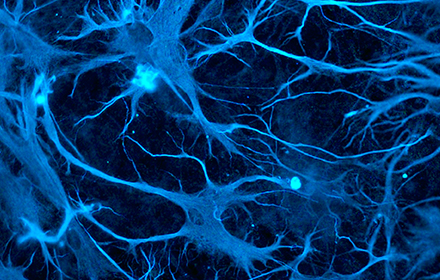
Stem Cells
In order to show regenerative effects clinically, stem cells must be detected.
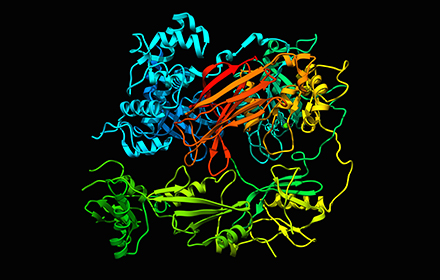
Growth Factor
Factors help the differentiation of stem cells by promoting various cell division, growth and differentiation.
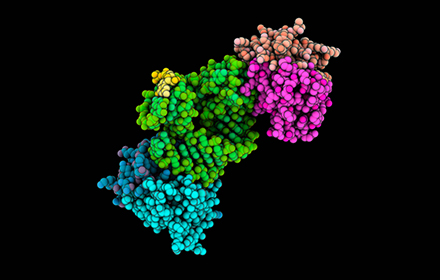
SDF-1α
This protein signaling substance moves stem cells to the required area, and is essential for the regeneration effect of stem cells.
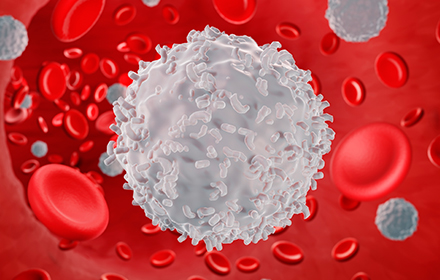
Leukocyte
This immune cell defends against and attacks infection. It suppresses the infection response and kills bad bacteria and viruses.
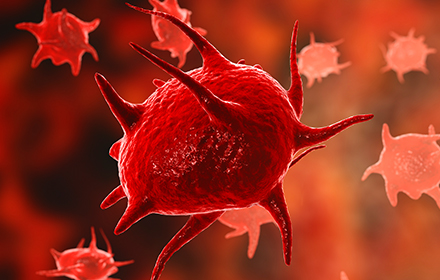
Platelets
Although it exists in peripheral blood,mainly produced in the bone marrow. It is responsible for the hemostasis process, contains α-granules with healing ability, and has the ability to stimulate stem cells.
Features of stem cell
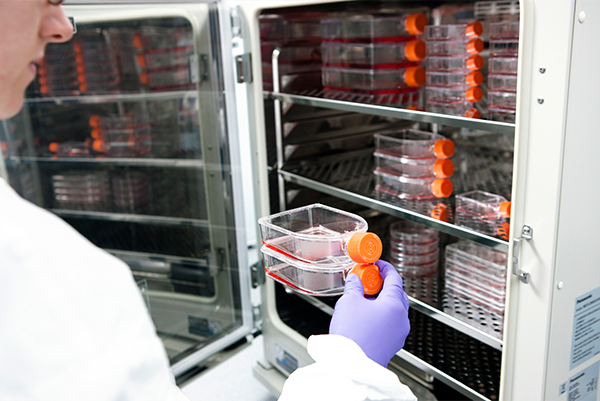
 Kor
Kor Chn
Chn